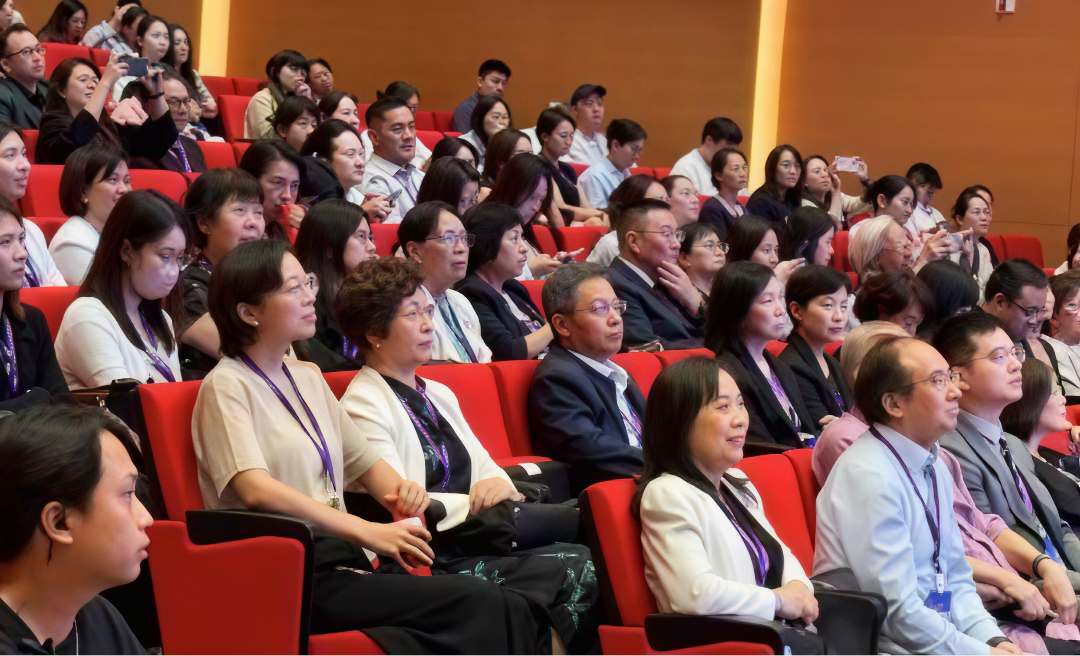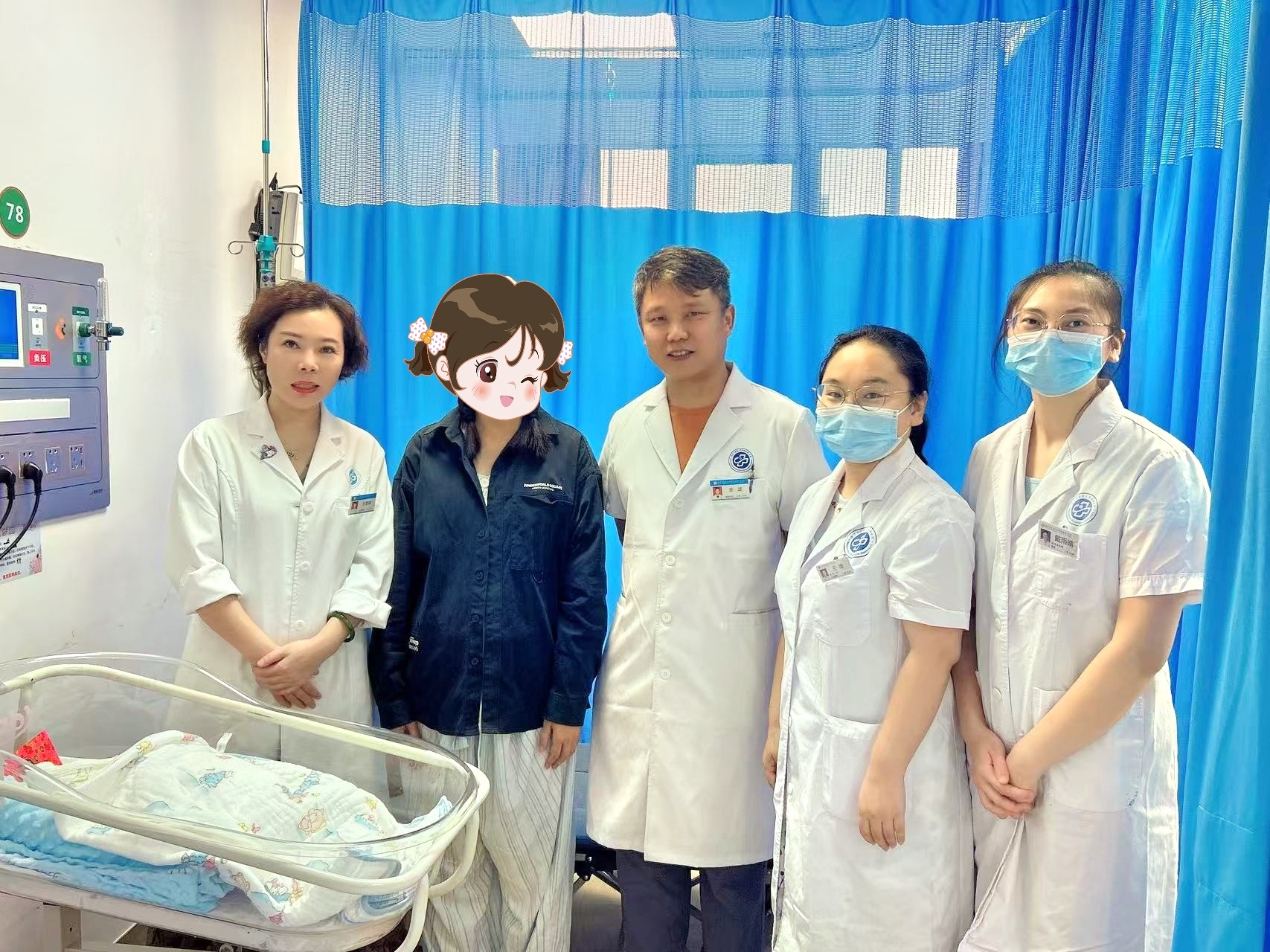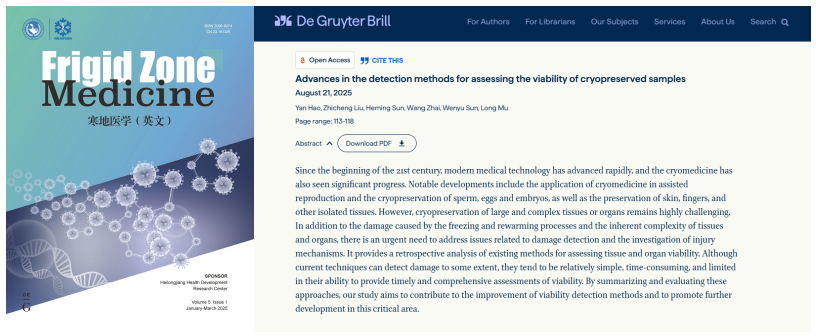Major Breakthrough in Rewarming Technology! Team Led by Former President of the International Society for Cryobiology, Gao Dayong, Develops Single-mode Electromagnetic Resonance Rewarming Technology
Release time:
2024-12-02
The 21st century is often regarded as the era of life sciences and medicine. As a vital branch of life sciences, cryobiomedicine, with its unique principles and advantages, has been extensively applied in the biomedical field. This includes the preservation of biological specimens, the creation of biobanks, drug development, and clinical treatment of diseases.
Continuous Achievements in Cryopreservation Technology
After nearly a century of development, cryobiomedicine has successfully achieved the cryopreservation and rewarming of numerous cells. At the level of tissues and organs, there have been significant breakthroughs, such as the cryopreservation and rewarming of tissues like corneas, nerves, skin, severed fingers/toes, blood vessels, ovaries, testes, bones, and tendons. Scientists are also gradually exploring cryopreservation and rewarming techniques for organs such as the heart, kidneys, and liver.
Currently, much of the fundamental research in cryobiomedicine focuses on the long-term cryogenic preservation of living biological cells, aiming to identify ideal cryoprotectants. This involves the multi-scale, comprehensive optimization and control of the entire cryopreservation process within the established cryoprotectant solution system. Vitrification is the most commonly used technique here.
The basic principle of vitrification is to solidify a high concentration of cryoprotectant in an ultra-low temperature environment, forming an irregular glass-like solid that retains normal molecular and ionic distribution from its liquid state, thus providing protection when vitrification occurs within cells. The key to vitrification is the elimination of damage caused by ice crystals. Therefore, for larger tissues, organs, and reproductive samples like embryos and eggs, vitrification is the most promising method for cryopreservation. However, even if an ideal vitrification process is implemented, once the sample is rewarmed, ice recrystallization can occur, causing irreparable harm to cells. Hence, both the cooling and rewarming processes require optimal tuning; otherwise, ice crystals may form, and the organism may experience a "frozen burn" effect. Ice can cause damage to tissues and organs due to rapid cellular rupture. Rapid and uniform rewarming is crucial to prevent fatal internal and external ice recrystallization in cells and tissues during thawing.
Urgent Development of Rapid Uniform Rewarming Technology
Another critical challenge of cryopreservation is the rewarming process. If rewarming is not swift or even, ice crystals can form, damaging tissues and organs. How to reheat biological materials from deep cryogenic temperatures back to normal body temperatures while maintaining their viability and biological functions is crucial. A new technological breakthrough has come from Gao Dayong's team at the University of Washington's Cryobiomedical Engineering and Artificial Organs Center. Their developed single-mode electromagnetic resonance (SMER) rewarming technology can rapidly and uniformly rewarm samples.
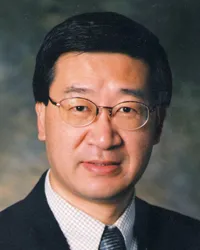
Gao Dayong
An internationally renowned scientist and leading figure in cryobiological engineering and cryopreservation.
Former president of the International Society for Cryobiology.
Permanent professor in the Departments of Mechanical Engineering and Bioengineering at the University of Washington, USA.
Specifically, the team's single-mode electromagnetic resonance rewarming is a dielectric heating method based on Maxwell's theory, which increases the temperature of non-conductive samples by placing them in a high-frequency electromagnetic field. The sample is placed in a resonant cavity with an induction coil, generating electromagnetic waves through an oscillating electric field. The main advantage of this method is the capability to achieve very rapid and uniform heating in a short time. Additionally, the team uses automatic single-mode electromagnetic waves to automate specific frequency waves and maintain stability throughout the rewarming process. They have also developed an embedded control system to monitor the proceedings within the system.
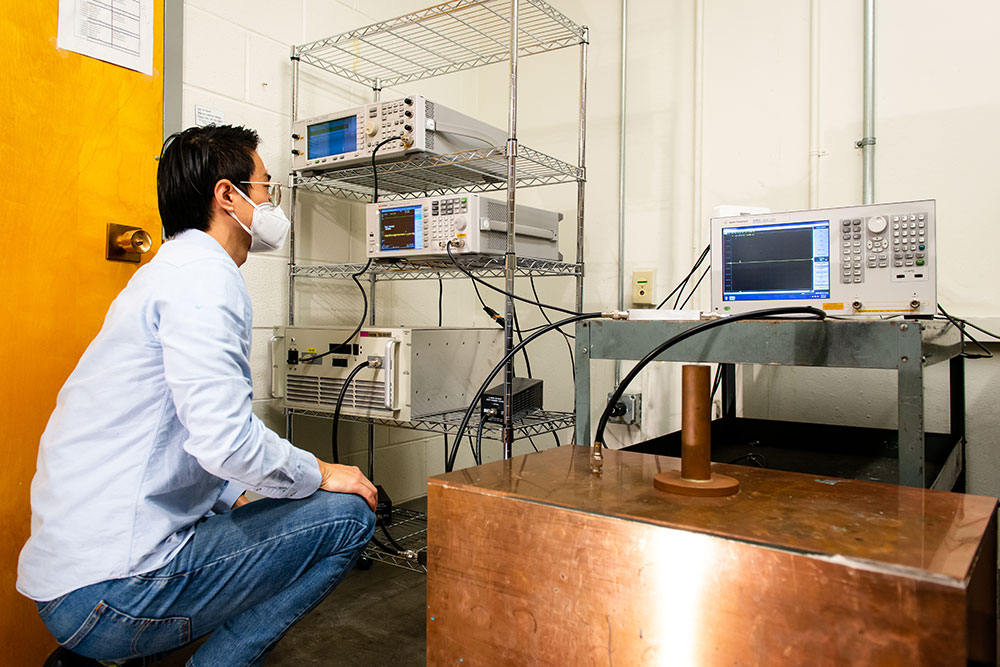
Ensuring that different parts of the frozen biological material absorb an equal amount of heat for uniform temperature rise has always been a significant challenge in the rewarming process. After years of research, Gao Dayong's team made the following optimizations: the optimized design of an electromagnetic resonance cavity that produces high-intensity standing waves, maintaining resonance throughout the heating process, preventing thermal runaway, and accurately loading the sample into the cavity. All these ensure rapid and uniform rewarming, partially addressing the issue of ice recrystallization when biological materials are rewarmed.
In interviews, the research team expressed optimism that, in the coming years, it may be possible to cryopreserve certain organs. For small mammals, expectations are placed on the next 10 years or more. However, the leap from small mammals to humans will be monumental. We eagerly anticipate the arrival of that day!
Latest developments
Over the two days, the symposium was not only a collision of ideas but also seeds sown to advance social progress in life culture. The Shandong Yinfeng Life Science Public Welfare Foundation will continue to use technology as wings and culture as roots, collaborating with all sectors of society to enhance the quality of life for the Chinese people and build a human-centered life care system.
According to recent announcements by the Jinan Municipal Bureau of Science and Technology, 11 outstanding achievements from Jinan have been included in the 2025 "Shandong Outstanding Achievements Report" project. Among them is the globally first-of-its-kind ovarian tissue dual-activation technology developed by Shandong Silver Med Life Science Research Institute (Jinan).
Recently, Frigid Zone Medicine, an authoritative international journal in the field of cryomedicine, published an important review titled "Advances in the Detection Methods for Assessing the Viability of Cryopreserved Samples". Written by the team of Yinfeng Cryomedical Research Center, the article systematically reviews and analyzes various detection techniques currently used to evaluate the viability of cryopreserved cells, tissues, and organs. It also proposes key directions from the perspectives of methodological integration and future instrument development, offering crucial theoretical support and practical guidance for the long - term cryopreservation of complex tissues and organs.
Recently, the "Novel Technology for Ultra-Low Temperature Cryopreservation, Activation, and Transplantation of Human Ovarian Tissue," developed through a collaborative effort between Shandong Yinfeng Life Science Research Institute and Beijing University of Chinese Medicine Shenzhen Hospital, has been awarded the 2025 Shandong Refrigeration and Air Conditioning Science and Technology Award. This groundbreaking technology pioneers a new pathway for female fertility preservation, marking a significant leap in China’s interdisciplinary advancements in reproductive medicine and cryobiology.
On May 19, a delegation from the Chinese Training Workshop for Government Officials of Developing Countries visited the exhibition hall of Yinfeng Biological Group's Cryomedicine Research Center. Government officials from multiple countries gained in-depth insights into Yinfeng’s innovative achievements in cryobiomedicine, cell storage, genetic technology, and other fields. They engaged in discussions with the delegation on technology transfer and international cooperation, contributing to the building of a global community with a shared future for humanity.



